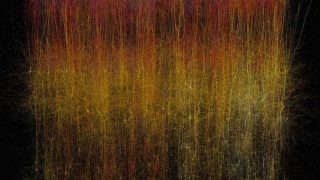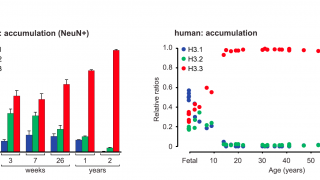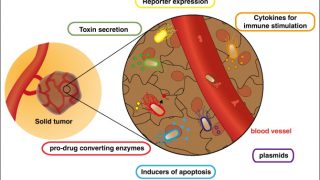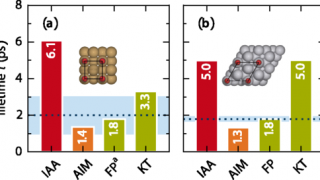
MI weekly selection #150
Humanities & Social Sciences • Science • Technology • Weekly Selection
Portion of rat brain reconstructed in computer A group of 82 neuroscientists have built a portion of a rat’s brain in a computer. The reconstruction is the work of the controversial Blue Brain Project, which hopes to complete a rat brain and move on to a human brain one day. The computerized brain section, culled […]








